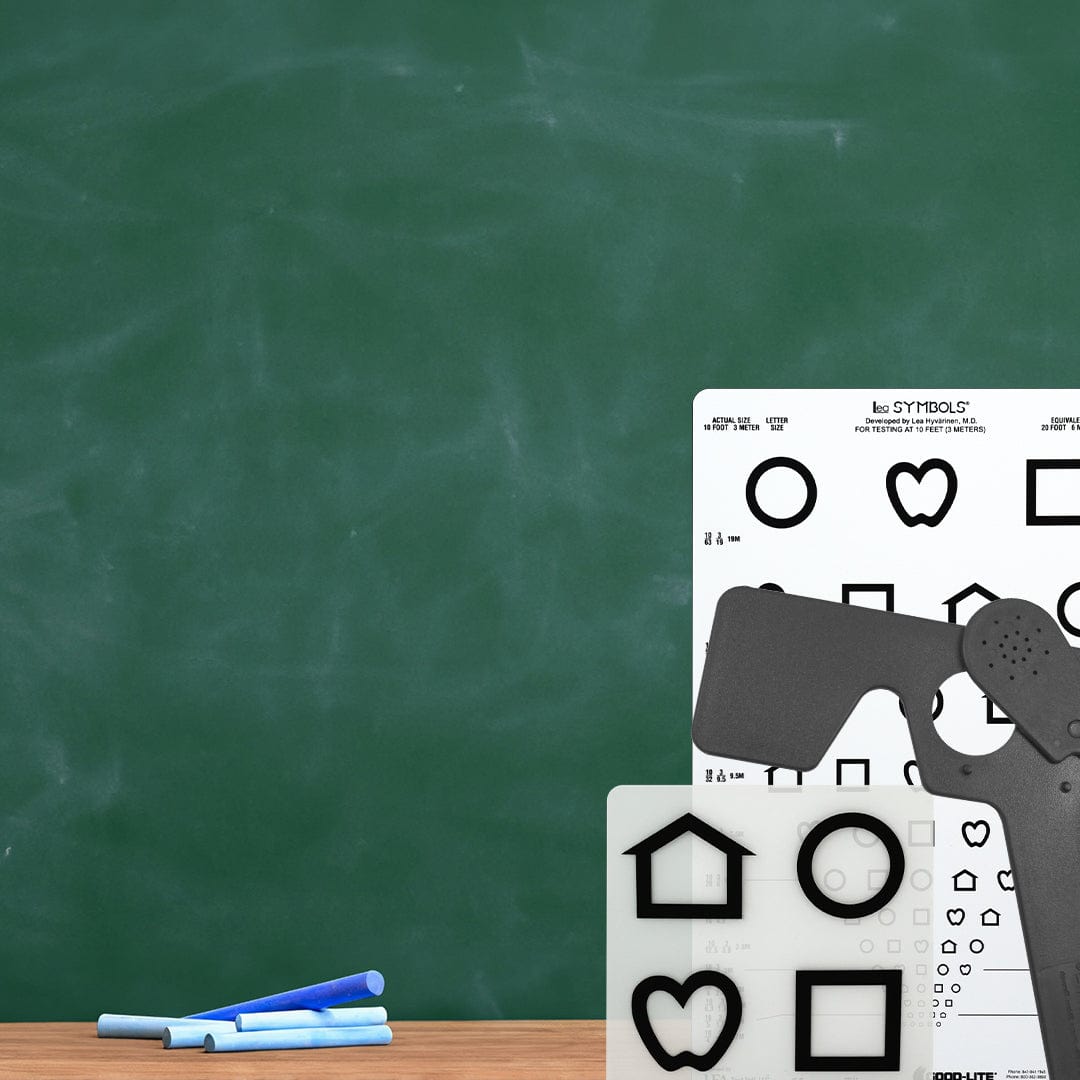Table of content
About Contrast Sensitivity
Contrast sensitivity is a person’s ability to see low-contrast images in the real world, such as a street sign on a dark roadway, dark curb of a sidewalk at night or a toolbox sitting on the floor of a dimly lit garage. Contrast sensitivity testing is different from the visual acuity test and its “Big E Chart,” which presents only high-contrast black-on-white letters. By using a range of contrast images, from high contrast to very low contrast, contrast sensitivity testing can detect subtle changes in vision that visual acuity testing cannot. Contrast sensitivity testing is very useful for evaluating vision loss, or improvements with treatments, for a wide range of conditions, including:
- Diabetes
- Macular Degeneration
- Cataracts
- Glaucoma
- Traumatic Brain Injury
- Amblyopia
- Optic Nerve Disorders/Multiple Sclerosis
Benefits of this test
This test has also been found to be very useful for testing patients who do not have an eye condition and have been treated with new refractive technologies. In some cases, these new technologies can improve visual acuity but reduce real-world vision. This includes non-surgical methods like new technology contact lenses. For surgical technologies, the FDA has required contrast sensitivity in clinical trials to evaluate new surgical refractive technologies such as LASIK and new technology IOLs since 2003.
Finally, this testing is also useful in measuring the vision of patients with high visual requirements, including:
- High Performance Athletes
- Firefighter
- Police Officer
- Pilots
How is Contrast Sensitivity Different from Acuity?
In 1862, Dr. Herman Snellen, from Utrecht, Holland. developed the Snellen visual acuity test primarily for the purpose of prescribing eyeglasses. His Chart, a.k.a. the Snellen Chart or “Big E Chart,” presents a series of high-contrast black-on-white letters in different sizes. Relatively small changes in refractive status can be detected by this test and it is very useful as a standard for describing changes in vision caused by spherical blur. Unfortunately, many types of vision loss (e.g., cataracts, glaucoma, irregular astigmatism) are not caused by spherical blur, and for these types of vision changes, Snellen acuity is an inadequate measure.
How it Measures Real-World Vision
Acuity tests use only black and white letters, but the real world consists of shades of gray. Contrast sensitivity testing determines not only how patients can see under high-contrast conditions, but also under real-world low-contrast conditions.
How is it Tested?
Contrast sensitivity is very similar to auditory testing, which determines a patient’s ability to detect the lowest level of loudness of various sound frequencies. The patient is asked to depress a button when the tone is just barely audible and release the button when the tone can no longer be heard. This procedure is used to test auditory sensitivity to a range of sound frequencies. If auditory testing were evaluated in a similar way to visual acuity, all the sound frequencies would be tested at one high level of loudness and a measurement for hearing of just one number would result. For contrast sensitivity, the test presents a range of spatial frequencies (similar to sound frequencies) at different contrast levels (similar to loudness). The patient is asked to determine when they can just detect the spatial frequencies.










